React Native vs Flutter: Which Has Better UI Capabilities?
13 MIN READReact Native and Flutter are cross-platform development frameworks. They help developers create applications that can run across diverse platforms using a single code base. This might include Android, iOS, or the web.
Since they both serve the same purpose, it is crucial to understand their key differences to determine which has better UI capabilities. Factors such as underlying technologies, features, and designs differ greatly between Flutter and React Native. Knowing the differences between Native and Flutter will help you decide which is right for you.
So, read this blog till the end to understand which development framework has better UI capabilities between React Native and Flutter.
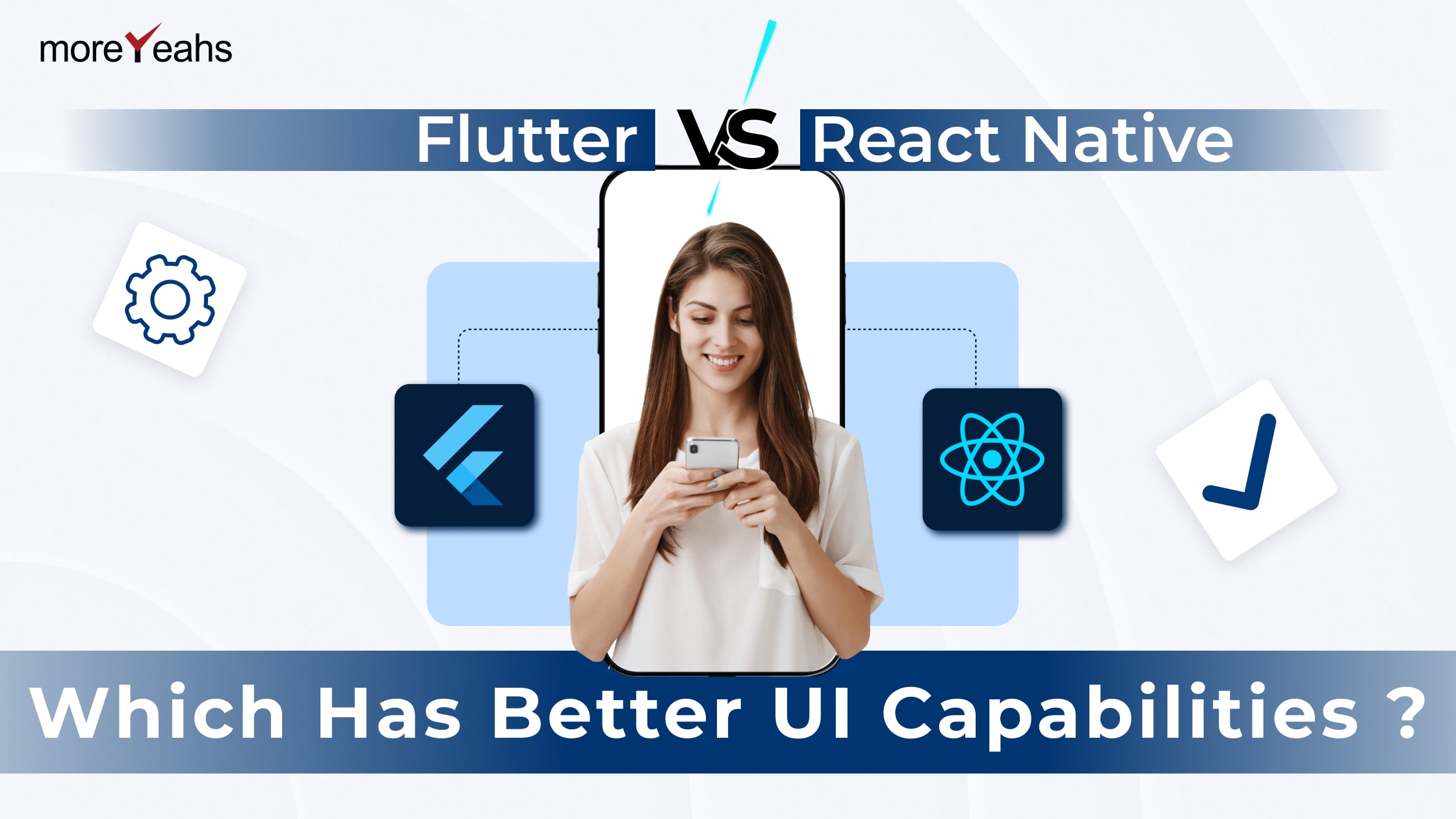
Table of Contents
ToggleReact Native vs Flutter: Key Differences
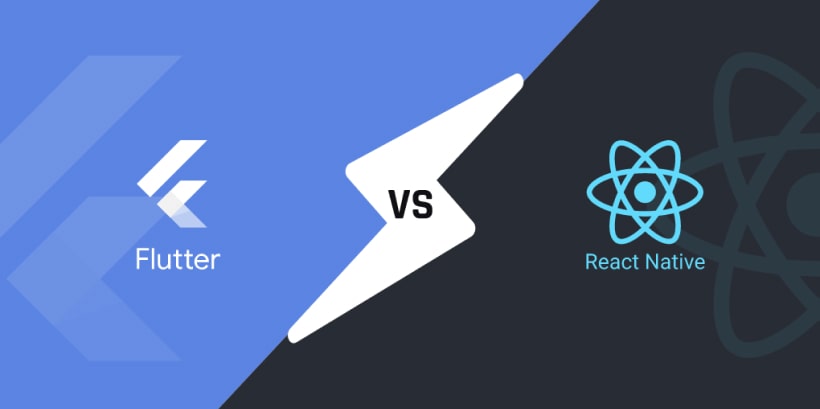
Collaborating with a reliable React Native app development company offering expert React Native development services can further streamline your decision-making process.
To help you determine which has better UI capabilities between React Native vs Flutter, take a look at the table below.
| React Native | Flutter |
|---|---|
| Uses JavaScript or Type script as a programming language. | Uses Dart as a programming language. |
| Native components act as UI renderings. | Has custom rendering engines. |
| Receives large community support. | Witnessing a rapidly growing community. |
| Easier learning curve for JavaScript developers. | Steeper learning curve for beginners. |
| Boasts faster speed to support web development. | Requires more setup to improve speed. |
| Relies on a bridge to perform. | This is faster with Skia engine. |
| Allows hot reload. | Flutter also allows hot reload. |
| This is more popular since a very long time. | Flutter is rapidly gaining traction. |
| UI customization is limited to native elements. | Flutter is highly customizable. |
| The native features rely on third-party plugins. | Has more integrated plugins. |
| Its tooling is robust with many IDEs. | The tooling is better with Android Studio. |
What is React Native?
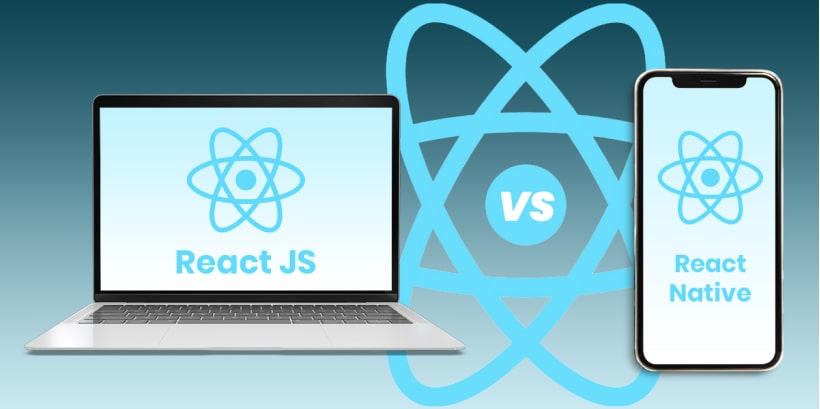
Key Features of React Native
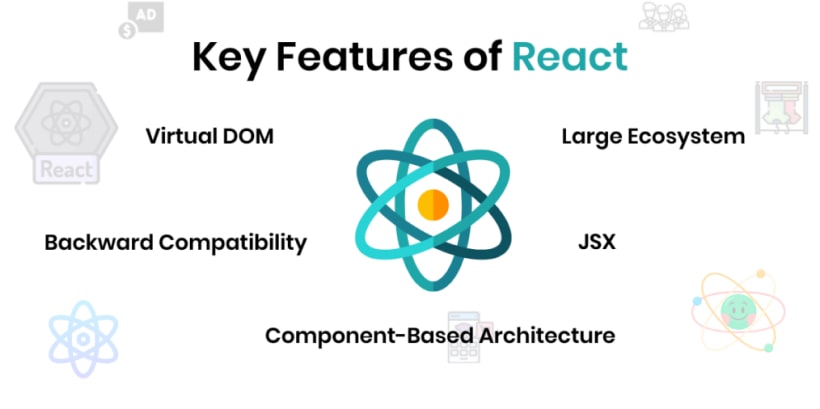
1. Cross-Platform Compatibility Using JavaScript
2. Extensive Support for Third-Party Plugins
3. Scalable for Large Applications
4. Access to Native Components for Improved Performance
5. Customizable UI with Native Modules
React Native supports the use of native modules, allowing developers to customize app interfaces for enhanced user experiences. This feature strengthens its position in the Flutter vs React Native vs Native deep performance comparison.
6. Strong Community Support and Resources
How Cross-Platform Development Works Using React Native?
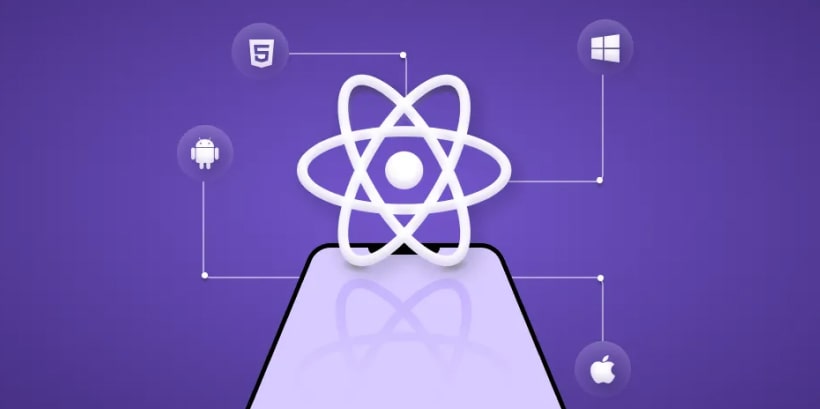
Real-World Uses of React Native
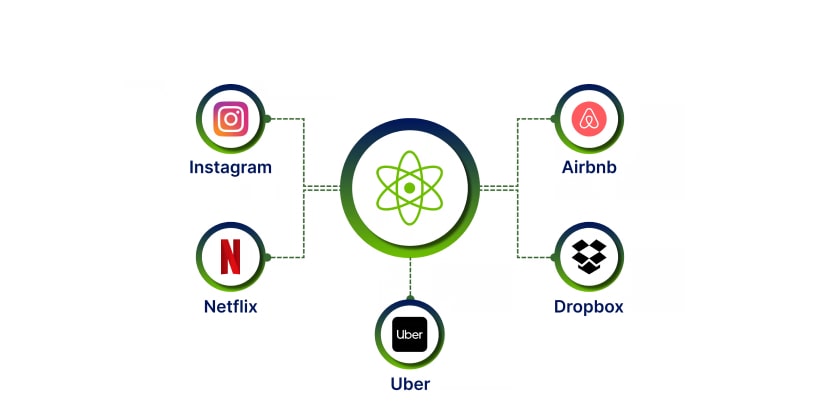
- Walmart: To improve app scalability.
- Instagram: For simplified UI and code sharing.
- Tesla: For dynamic user interfaces.
- Airbnb: To enhance user experience and efficiency.
Advantages of Using React Native
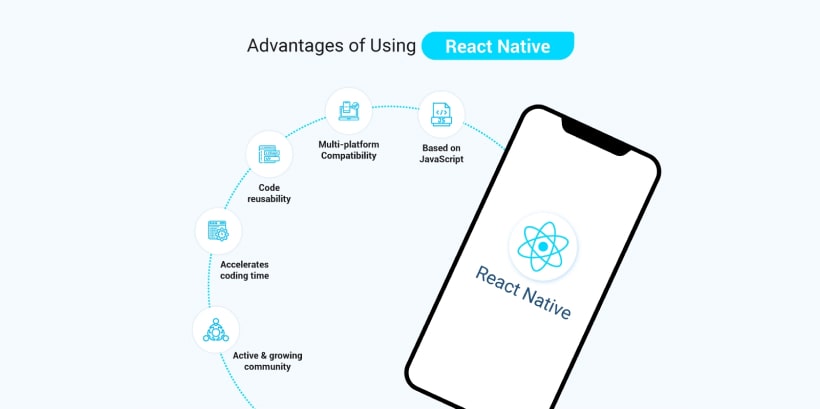
1. Cost-Effective for Startups
2.Strong JavaScript Ecosystem
3. Wide Array of Plugins and Tools
4. Faster Time-to-Market
5. Strong Community Support
6. Hot Reload for Enhanced Productivity
Disadvantages of Using React Native
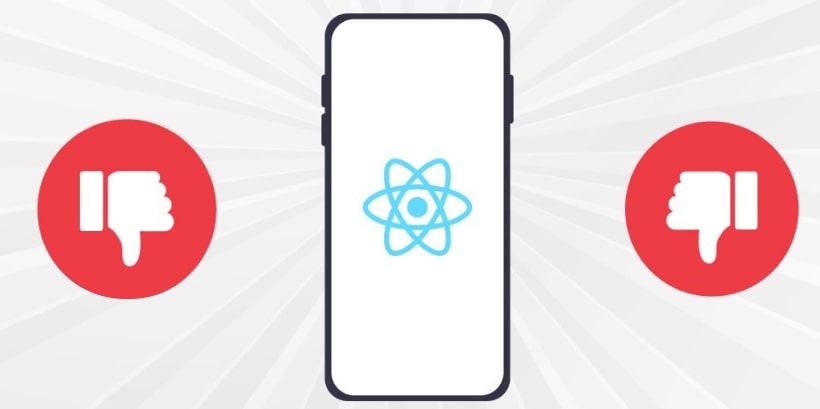
React Native or Flutter.
- Performance bottlenecks due to the JavaScript bridge.
- Limited customization for complex UIs.
- Dependence on third-party libraries for native features.
What is Flutter?

Key Features of Flutter
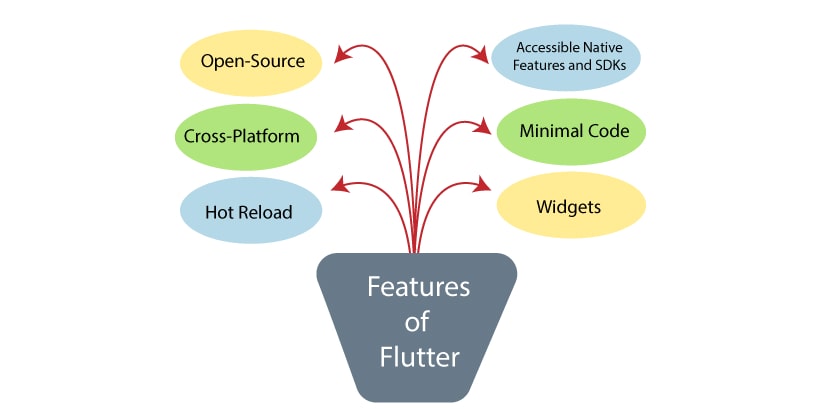
1. Faster Rendering with the Skia Engine
2.Efficient Resource Utilization
Flutter’s features enable developers to craft dynamic, high-quality applications, making it a compelling choice for businesses aiming to deliver unique user experiences.
3. Strong Google Backing and Frequent Updates
4.Rich Widget Catalog for Stunning UIs
Flutter offers an extensive library of widgets to create visually appealing, responsive UIs. These widgets adapt seamlessly to both iOS and Android platforms, ensuring user-friendly experiences. For businesses seeking native mobile app development services, Flutter’s widgets bring creativity and consistency to app designs.
5. Built-in Material Design and Cupertino Widgets
Flutter’s pre-built Material Design and Cupertino widgets empower developers to create apps with platform-specific aesthetics. Whether targeting Android or iOS, Flutter delivers native-like interfaces, offering strong competition for native mobile app development services.
6. Scalable for Large Projects
7. Hot Reload for Rapid Iterations
8. Hot Reload for Rapid Iterations
How Cross-platform Development Works Using Flutter?

Real-World Uses of Flutter
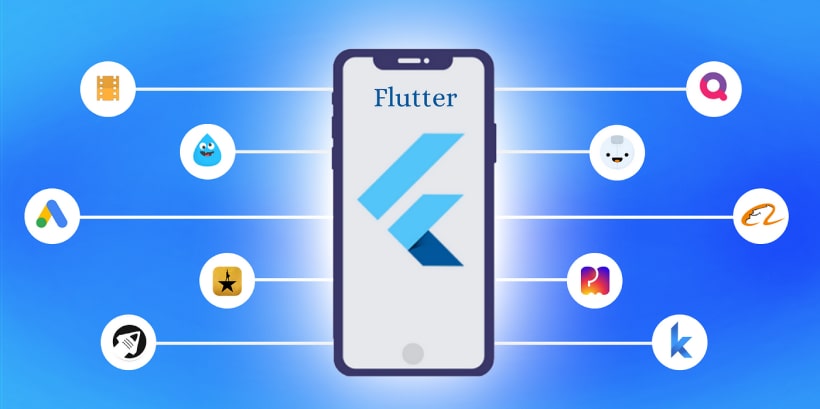
- Google Ads: A seamless and feature-rich interface.
- Alibaba: Smooth cross-platform shopping experience.
- BMW: Dynamic, high-performance apps.
- eBay Motors: Customized, user-centric solutions.
Advantages of Using Flutter
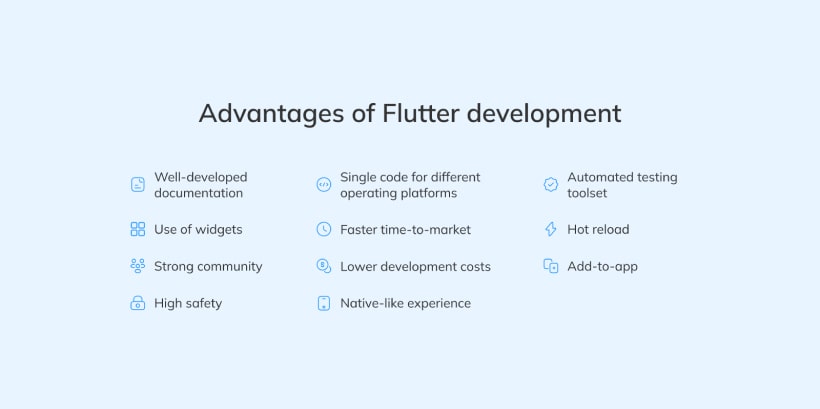
1. High-Performance Rendering
2. Active Community and Google Support<
3.Rapid Development with Hot Reload
4. Single Codebase with High Consistency
5. Seamless Animations and Transitions
6. Built-In Support for Advanced UI Designs
Disadvantages of Using Flutter
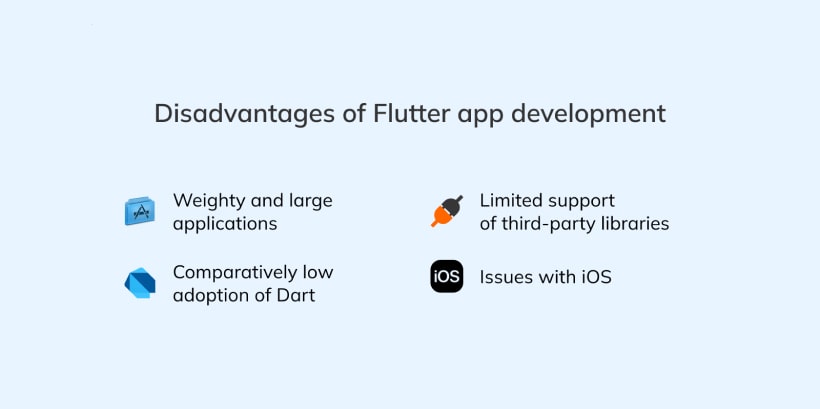
- Steeper learning curve for Dart.
- Larger app size compared to native development.
- Fewer libraries and plugins than React Native.
Which has better UI capabilities—React Native or Flutter?

Final words
Choosing between Flutter or React Native depends on your project’s requirements, target audience, and developer expertise. Both frameworks offer robust solutions for cross-platform development, but their strengths lie in different areas. If your focus is on delivering a native-like experience quickly, React Native is a strong contender. For visually intensive apps requiring intricate UIs, Flutter might be the better option.
Frequently Asked Questions
Table of Contents
ToggleContact Us
